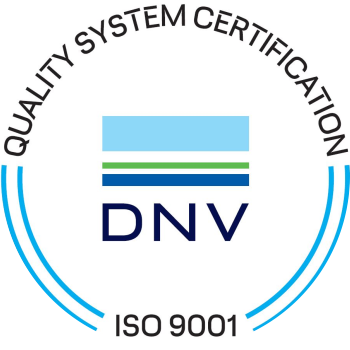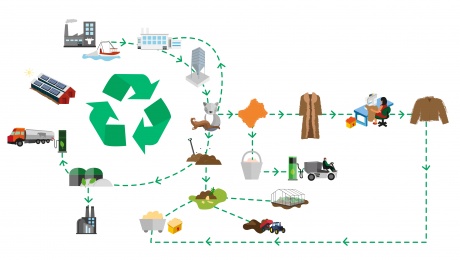Sustainability in Fur Farming

Animal Welfare
Many people and institutions from around the world contribute to the planning and development of animal well-being.

Social Responsibility
FIFUR offers its members training, events, support and services to help sustain the tradition of responsible fur farming in Finland.
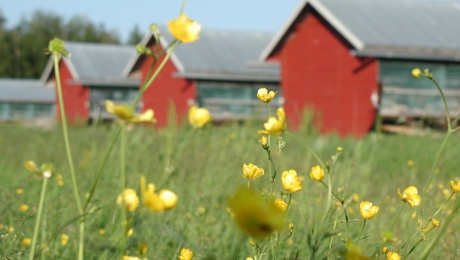
Environmental Responsibility
The rearing of fur animals is subject to an environmental permit. The type of permit will also define the regulatory authority, which is either a municipal or regional administrative office.

Economic Responsibility
Fur production is economically significant for Finland. The industry sales revenue comes almost entirely from abroad. In 2021, the value of commission sales was 392 million euros. In the 2010s, fur farming has contributed an average of 400-500 million euros per annum in export revenues to Finland.
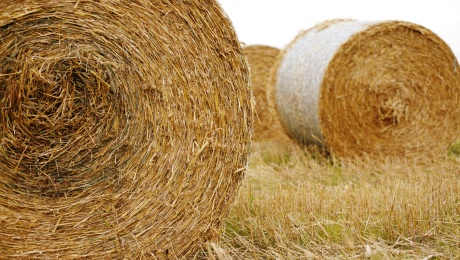
Sustainability and Certification
Finnish fur producers comply with responsibility and they ensure the welfare of their fur animals.
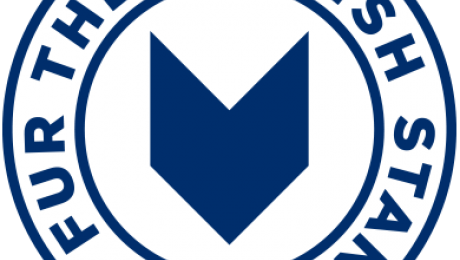
Finnish Standards
Finnish Standards fur farm certification is a quality assurance and environmental system that emphasizes responsibility and transparency.

WelFur
WelFur is the European fur animal welfare assessment program for mink, fox and Finnraccoon (Asiatic raccoon). WelFur protocol is included in the Finnish Standards fur farm certification.
Regulatory control
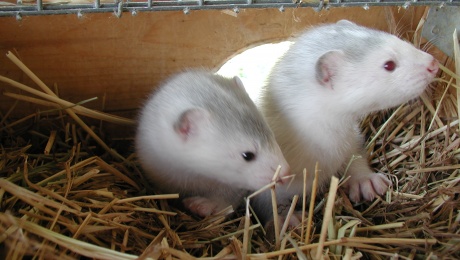
Animal Protection Control
Keeping, care, treatment and handling of fur animals, like other animals, is regulated in Finland by the Animal Welfare Act, the Animal Regulation Act and animal protection at the time of killing.

Business Supervision
Fur breeders are entrepreneurs and their activities are subject to the same laws as other business operators.

Building Supervision
The building construction of a fur farm, as well as other building work, is subject to the approval of the Building and Environmental Act.
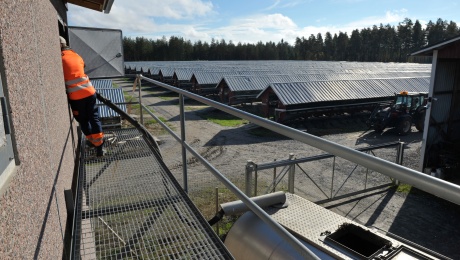
Fire and Rescue Supervision
The Rescue Act and Decree require that medium-sized and large fur farms submit a written emergency plan to the municipal rescue services.

Environmental Supervision
Under the Environmental Protection Act, the rearing of fur animals is subject to an environmental permit. The type of permit will also define the regulatory authority, which is either a municipal or regional administrative office.

